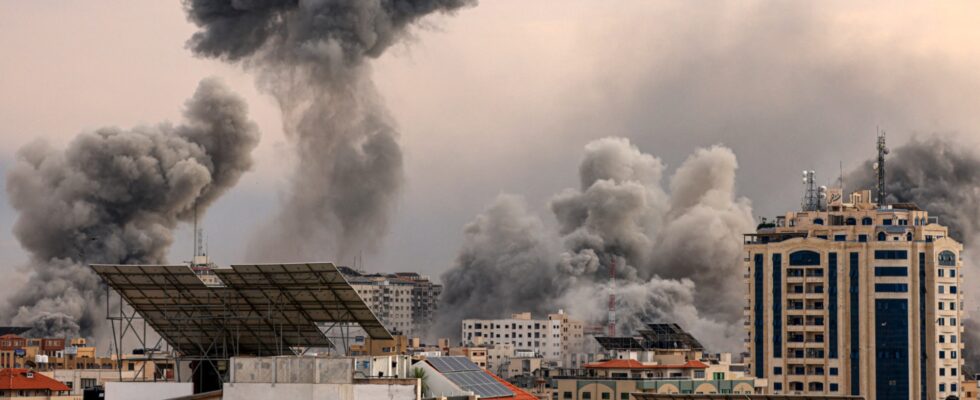Sebastien Le Belzic / Photo credits: MAHMUD HAMS / AFP
modified to
7:30 a.m., December 6, 2023
The conflict between Israel and Hamas continues, two months after the October 7 attack. The Jewish state is increasing strikes in the Palestinian enclave at an unprecedented rate. To achieve this, the IDF relies on artificial intelligence which generates targets to aim for, by cross-referencing thousands of pieces of data.
Fighting is increasing in intensity in the Gaza Strip, just days after a week-long truce between Israel and Hamas. The Jewish state is now continuing its offensive in Khan Younes, in the south of the Palestinian enclave. While Hamas increases the number of rockets sent towards its neighbor, Israel increases its bombings at an unprecedented speed in an attempt to eliminate the terrorists.
To achieve this, the IDF relies on artificial intelligence which generates targets to aim for. The system is called Habsora, which means Gospel in Hebrew. Its objective is to aggregate masses of heterogeneous data that can come from human, spatial, interception intelligence, telephone conversations or simple visual observations.
Software first used in wartime
All this information is digested by computers using artificial intelligence which establishes lists of targets to strike 24 hours a day based on the priorities of the general staff. The program was developed two years ago within the unit 8.200, the elite Israeli intelligence service, responsible in particular for the collection of electromagnetic sources.
This is the first time that Habsora software has been used on a large scale in a conflict. Thanks to him, the Israeli army claims to have attacked 15,000 targets during the first 35 days of the conflict, three times more than during the last Gaza war in 2014.
